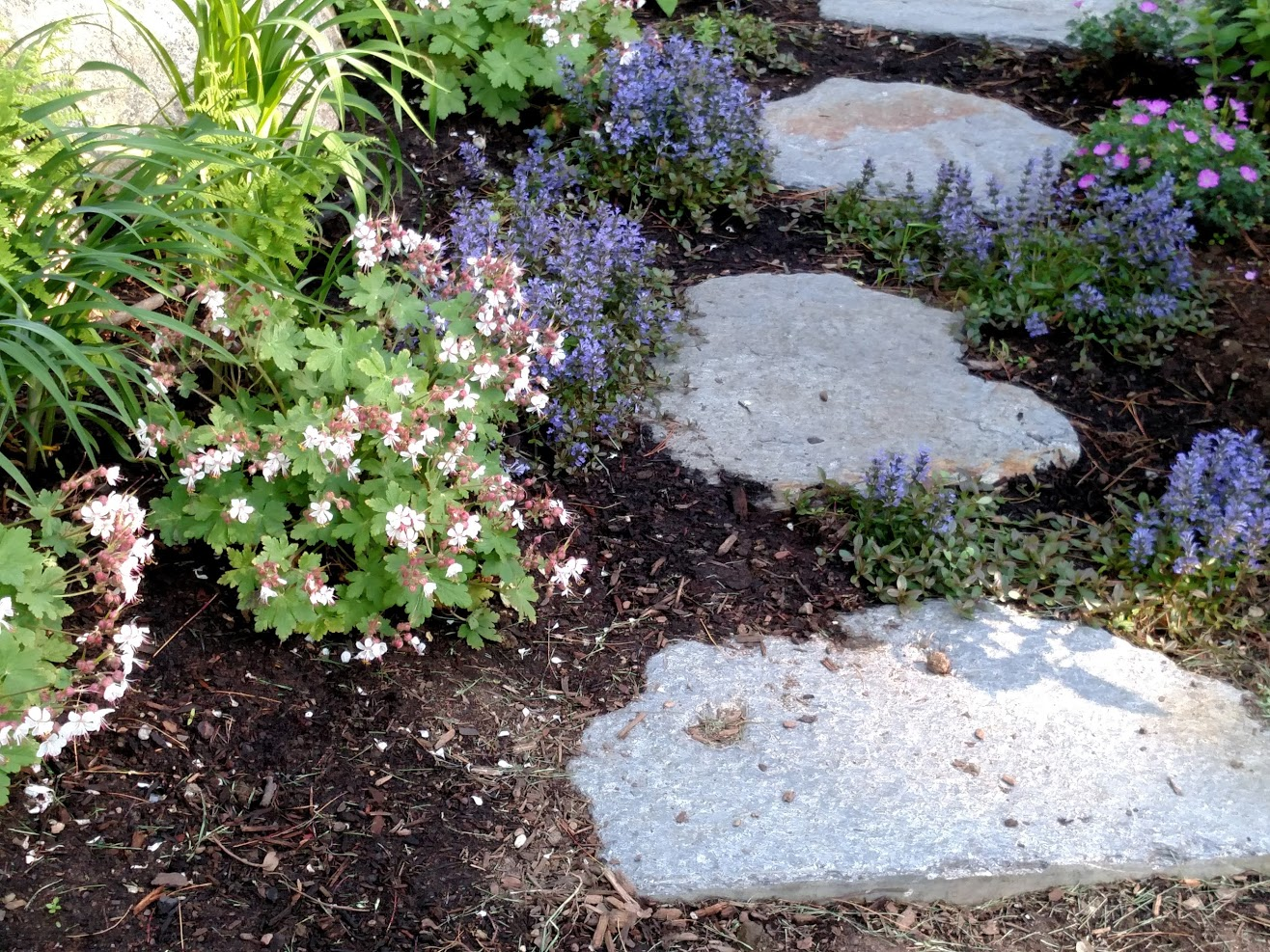Improving Your View
90 Minute Site Visit $200
Does your garden make you smile? Take your breath away? Surprise you every day?
If not, it may be asking for a small tweak or a bold redesign. My own garden is continually evolving as I add, move and edit plantings. It's amazing how relocating a plant even a few feet away in the same border can make a huge difference in both the overall aesthetic and in the plant's ability to thrive.
I understand how difficult it can be to critique your own garden. You may know that something needs to change but just aren't sure of the best move. This is where I can help. Together we can assess what's currently working and what isn't, and decide the best time to make the change. We will explore opportunities to introduce more indigenous plants that will thrive in the right location and support native bees, butterflies and birds.
I used to stress over the thought of expanding a bed and the subsequent ripple effect in regard to time, effort and money. Now I savor it as a chance to test new plants or to give existing plants from other beds more elbow room. Constant tinkering is how one begins to understand their garden’s possibilities.
Plant Rescue Services
90 Minute Site Visit $200
Visitors to The Big Little Garden often comment on how healthy all of my plants are. In fact, they are so healthy that I am frequently thinning, dividing, pinching and pruning specimens to achieve a less "jungly" feel in some of my beds. While some may refer to this activity as “maintenance”, I prefer to call it “nurturing”.
Healthy gardens begin with selecting healthy specimens. But even healthy plants need the proper environment in order to thrive. The old axiom "right plant, right place" is a mantra to live by. In reality, it can sometimes take a couple attempts to find the perfect spot for a particular plant. Most of the sick plants that I've observed in my clients' gardens suffer from one or more of the following:
inadequate root ball preparation (photo above illustrates how to prep)
inadequate soil nutrients and organic matter
compacted soil and/or poor drainage
suffocation due to root ball being buried too deep
suffocation from too much mulch
too much or too little water and/or sun
infestation from insects and/or disease
desiccation from drying winds in current location
Most of these ailments are easy to diagnose and fix. Some require the expertise of an entomologist. Here in Southern NH, I rely on Gene & Judy Harrington at Nashua Farmers' Exchange for honest, reliable advise and counsel. They help guide me to the best product for the job - assuming a product is what's needed. What I particularly respect is their willingness to just say "let it be - it will pass", especially in the case of caterpillars feasting on their favorite perennials. In lieu of pushing a product that may be more detrimental in the long run, they offer wise counsel on the benefits of organic gardening and learning to live with a few munched upon leaves. If you do visit NFE, please tell Gene and Judy that "Barb Young sent me!"









